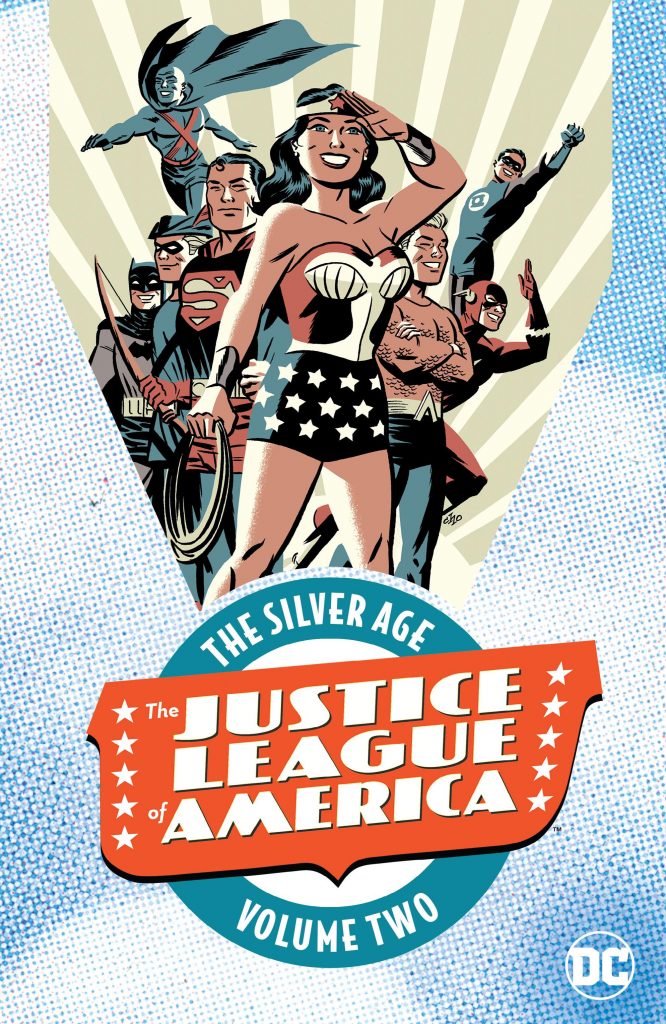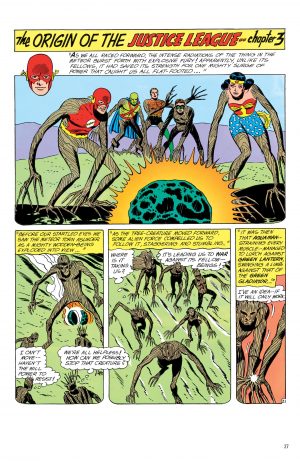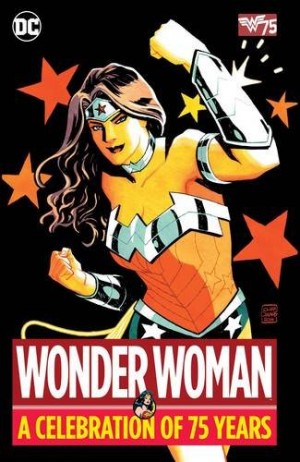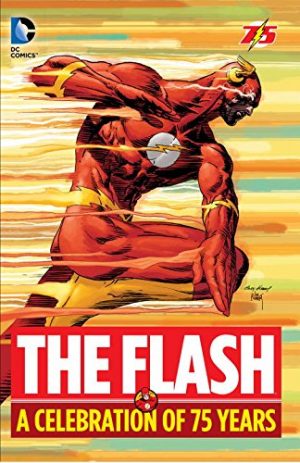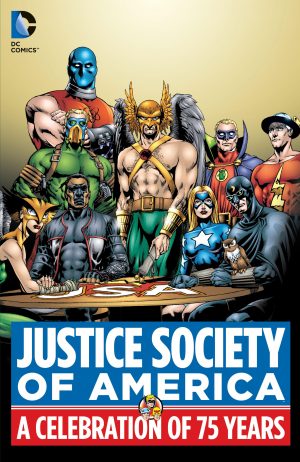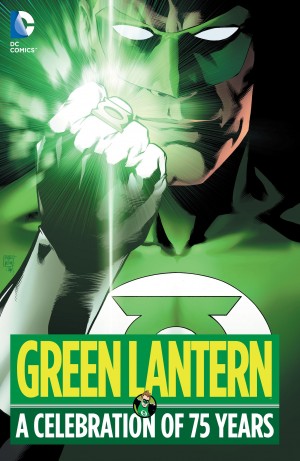Review by Karl Verhoven
DC’s editorial priorities of the early 1960s were another country, as indicated by this second volume reprinting the Justice League stories in chronological order beginning with the story of how they came together. It was only considered worth producing this tale two years into the series. While still applying a strict formula, Gardner Fox pushed the boat out to produce one of his better stories to commemorate the occasion. It’s the usual aliens scattered around Earth to ensure the members of the Justice League only combine in action for the final chapter, but their purpose and differences are interesting.
By these stories from 1962 and 1963 the Justice League’s adventures were being published eight times a year, and a battle had been won with the editors of Batman and Superman comics, who’d previously restricted the use of those characters. The logic was that if kids could read about the pair in the Justice League comics then they’d not buy Superman and Batman comics. The editors of Aquaman, Flash, Green Lantern and Wonder Woman weren’t as concerned, possibly considering the exposure might lead readers to the individual titles.
Beyond appearances from Batman and Superman and the addition of the Atom, very little differentiates this content from the first volume. Fox is still producing his stories to a strict formula, there’s little evidence of personality among the heroes, and Mike Sekowsky’s art is still visibly strange, yet somehow oddly appealing. He’s once again masterful at squashing full figures of the entire Justice League into a panel one and a half inches high, and he’s very good at constructing alien environments from just a few lines. The arch dialogue also persists – “Now I – Ghast, ruler of the upper and lower regions – shall reduce your bodies to mere mist and place you where you can never interrupt another spell!” Why don’t villains explain themselves with such precision any longer?
As with the previous volume, and indeed, the next two, it’s difficult to imagine anyone over the age of ten coming to these stories fresh and being enthralled by them. The plots are well conceived, if to an unyielding formula, but the resolutely wholesome and co-operative heroes lack any definition, leaving those plots with an unsustainable burden. Perhaps conscious that the audience who’ll still look on these stories fondly are diminishing every year, DC have been punting them out in a variety of formats. This is a midway stage between the black and white pulp paper presentations of Showcase Presents and the hardback luxury of the Archive editions. These stories span volumes two and three, or they can be found in their entirety in the Justice League Omnibus. Volume Three follows.
